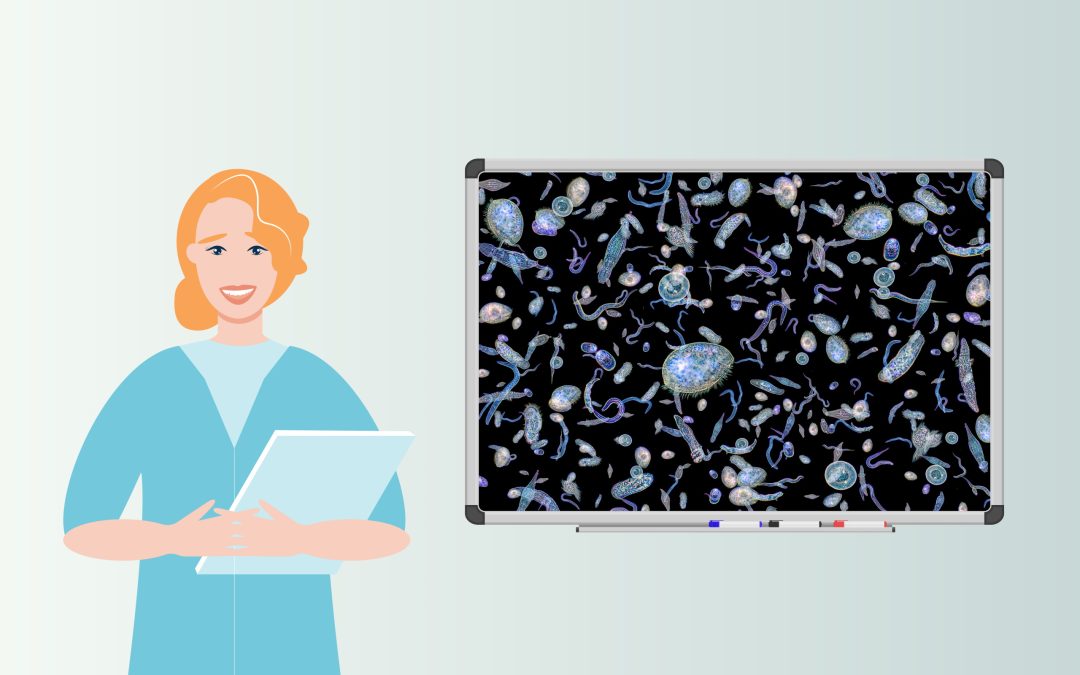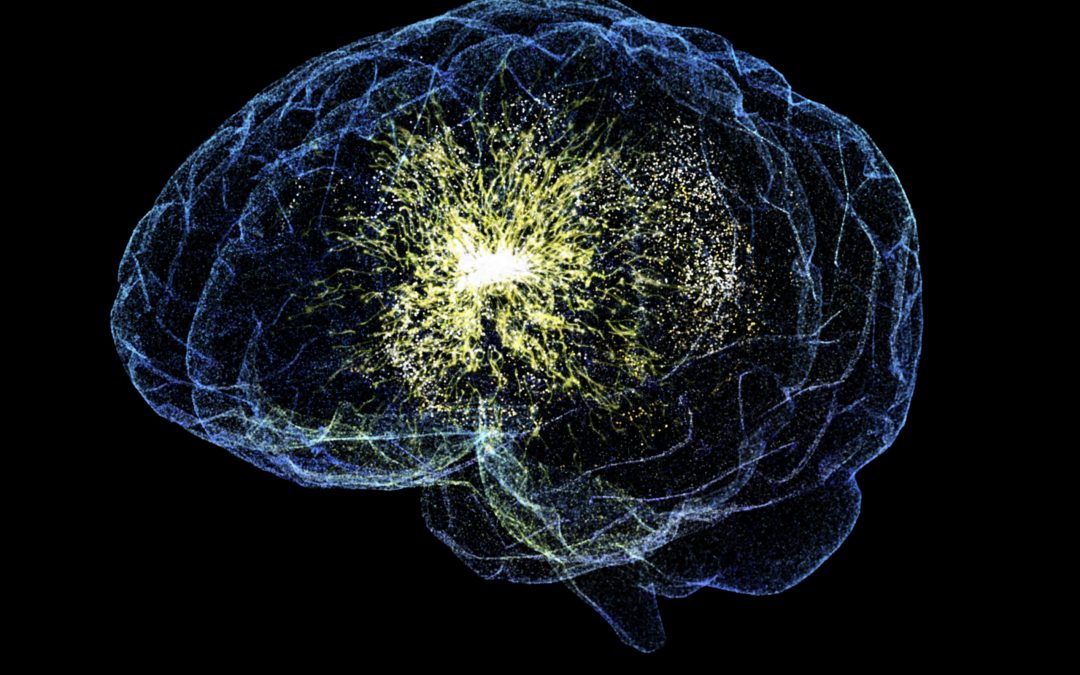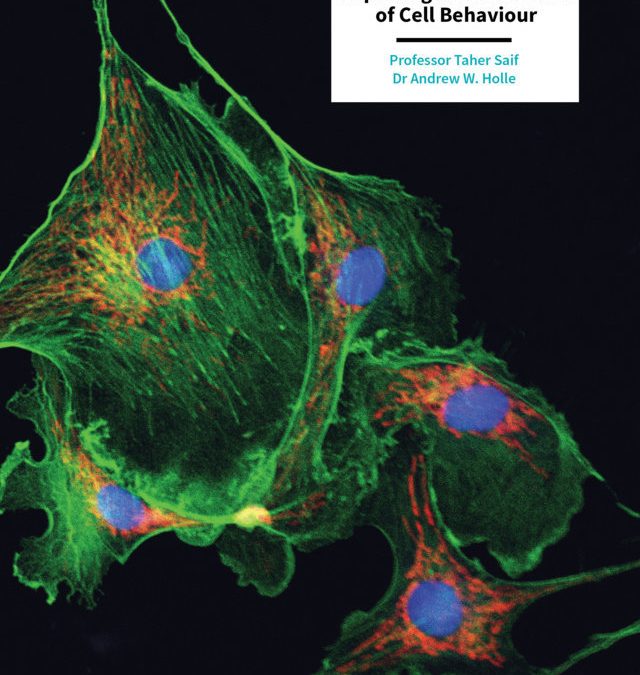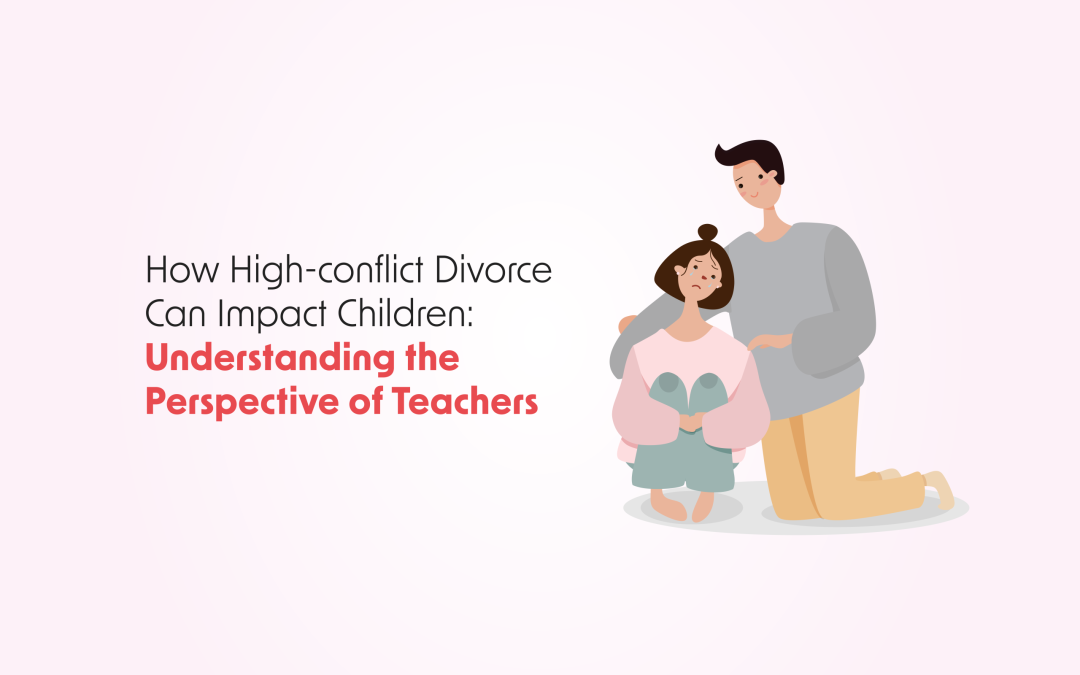
by admin | Apr 27, 2023 | arts and humanities animated, behavioural sciences animated, research animated
The ownership of goods, including both material objects and immaterial goods such as intellectual property, is defined by property regimes. Property regimes are sets of rules that define ownership. They determine who can own goods, legitimate ways of acquiring and using them, and duties associated with owning them. Two important categories of property regimes are private property and common property regimes. Private property regimes focus on ownership by a single person or entity, while common property regimes involve ownership by several people or entities. Nina Gmeiner and her colleagues from the research project RightSeeds explored the recent emergence of a class of property regimes known as progressive commons.

by admin | Apr 26, 2023 | biology animated, earth and environment animated, health and medicine animated, research animated
Our brain’s network structure consists of many interconnected regions, each containing billions of neurons. Many neurons within one region fire electrical signals at the same time, in synchrony, and even neurons across different regions may synchronise. These are known as synchronous clusters. The collective firing of neurons in synchronous clusters is believed to create brainwaves. Brainwave measurements of patients with epilepsy have shown that during seizures, there can be episodes of excessive synchrony. The mechanisms behind these episodes are not well understood.

by admin | Apr 26, 2023 | health and medicine animated, research animated
Our brain’s network structure consists of many interconnected regions, each containing billions of neurons. Many neurons within one region fire electrical signals at the same time, in synchrony, and even neurons across different regions may synchronise. These are known as synchronous clusters. The collective firing of neurons in synchronous clusters is believed to create brainwaves. Brainwave measurements of patients with epilepsy have shown that during seizures, there can be episodes of excessive synchrony. The mechanisms behind these episodes are not well understood.

by admin | Apr 20, 2023 | 3D animated, biology animated, health and medicine animated, research animated
Extracellular biophysical cues have a profound influence on a wide range of cell behaviors, including growth, motility, differentiation, apoptosis, gene expression, adhesion, and signal transduction. Cells not only respond to definitively mechanical cues from the extracellular matrix (ECM) but can also sometimes alter the mechanical properties of the matrix and hence influence subsequent matrix-based cues in both physiological and pathological processes. Interactions between cells and materials in vitro can modify cell phenotype and ECM structure, whether intentionally or inadvertently. Interactions between cell and matrix mechanics in vivo are of particular importance in a wide variety of disorders, including cancer, central nervous system injury, fibrotic diseases, and myocardial infarction. Both the in vitro and in vivo effects of this coupling between mechanics and biology hold important implications for clinical applications.

by admin | Apr 19, 2023 | health and medicine, research animated
Individuals with chemical intolerance may experience an array of symptoms following exposure to toxicants commonly found inside the home. Researchers at UT Health San Antonio, USA, have demonstrated that improving indoor air quality reduces the symptoms of chemical intolerance. One of their most important recommendations is to create a clean air oasis in your own home to ensure the air that you breathe is as free as possible from smoke, chemicals, fragrances, and other common indoor pollutants.

by admin | Apr 19, 2023 | health and medicine animated, research animated
Divorce is commonplace but can have negative impacts on the cognitive, emotional, social and psychological development of children. Dr Stella Laletas of the Faculty of Education at Monash University explored the perspectives of teachers working with children in high-conflict divorce contexts. She makes critical recommendations to better support teachers involved in the education of vulnerable children.






